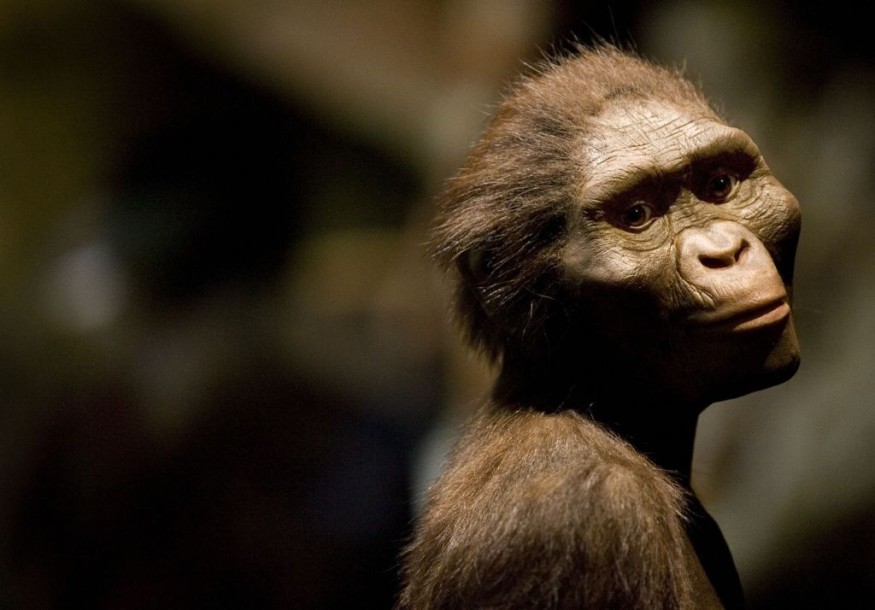Previously, experts theorized that sediments gathered from the Cradle of Humankind were from two to two-and-a-half million years ago. However, a recent analysis dates the sediment to over a million years before what we believe, at roughly three-point-four to three-point-seven million years ago. The findings place the fossil at the start of the Australopithecus era, older than Lucy, the infamous Australopithecus fossil.
South Africa: The Cradle of Humankind

Dubbed as a World Heritage Site, South Africa is called the Cradle of Humankind. It has yielded the most fossils, including the earliest known dinosaurs, dating back roughly 200 million years in the past. South Africa has a wealth of fossils related to humankind's evolution. It comprises numerous fossil-bearing cave deposits. The Sterkfontein Site was made famous by the first discovery of an adult Australopithecus fossil, an ancient hominin, back in 1936.
Hominins are a species that include humans and their earliest relatives, but no other great ape species. Since then, hundreds of fossils of Australopithecus have been found at the site, including Mrs. Ples, a nearly complete skeleton dubbed Little Foot. Scientists have studied the Sterkfontein site and various other caves in the Cradle of Humankind for decades to shed light on human and environmental evolutions over the past four million years.
Researchers have analyzed the fossils of early men and their long-lost relatives for decades. Today, dating methods developed by geologists from Purdue University have pushed the age of some of the fossils previously found in the Cradle of Humankind at the Sterkfontein Caves site back by a million years. This makes the fossils older than Dinkinesh, most famously known as Lucy, reports ScienceDaily.
Human Ancestors Turn Out to be Older by a Million Years than Previously Believed
A recent study published in the journal Proceedings of the National Academy of Sciences, titled "Cosmogenic nuclide dating of Australopithecus at Sterkfontein, South Africa," have discovered that not only Lucy and Little Foot but all Australopithecus-bearing cave sediments can be dated back to roughly 3.4 to 3.7 million years old, compared to the 2 to 2.5 million years previously believed. Additionally, the age of the fossils places them at the beginning of the Australopithecus era rather than by its end. Dinkinesh, hailing from Ethiopia, is roughly 3.2 million years old, with her species, Australopithecus africanus, hailing back 3.9 million years in the past.
Darryl Granger, lead author and a professor of earth, atmospheric, and planetary sciences at Purdue University, explains that the Sterkfontein cave site contains the most Australopithecus fossil compared to any site across the globe. However, it is difficult to get a good date on the sediment. Hence, researchers have looked at the animal fossils near the site and compared them to the ages of cave features to get a date but have produced inconsistencies. The recent study has provided a way to resolve the controversy showing that the famous fossils, and by extension the entire species, are a million years older.
RELATED ARTICLE : Homo Floresiensis Extinct? Anthropologist Claims The 'Hobbit' Still Roams the Island of Flores in Indonesia
Check out more news and information on Human Evolution in Science Times.












